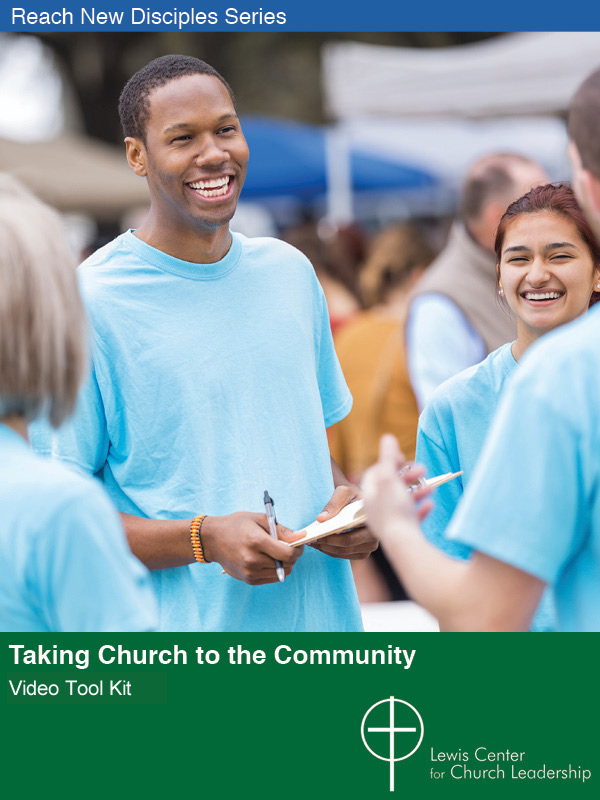The fact that youth participate in church less as they get older and often are not present in church as young adults can lead church leaders to assume they lack religious interest. A new book growing out of the National Study of Youth and Religion challenges that assumption. Sociologists Lisa Pearce and Melinda Lundquist Denton found that older teens and young adults see great significance in religion though not always in institutional forms of religious life.
Congregations can support youth as they refine their religious identity with an approach called “scaffolding” in which youth can participate at a level just beyond where they are currently. Instead of asking youth to go where they are not ready to go, they are helped to grow from where they are.
In their book : Stability and Change in the Religiosity of America’s Adolescents(Oxford University Press, 2011), the authors follow up with 2,530 young people, age 16 to 21, surveyed about their faith and religious practices at two points in time. The authors identified five types of religious identity among these young persons.
- Abiders (20 percent). These are the adolescents with the highest levels of religious interest and practice. They not only believe in God; they pray regularly, attend services, volunteer, and are most likely to say their religion is the only true faith.
- Adapters (20 percent). This group shows high levels of personal religiosity. But compared to the Abiders, they are more accepting of other people’s faiths and attend religious services more sporadically. The Adapters are most likely of all the groups to help others in need.
- Assenters (31 percent). These teens say they believe in God, but they are minimally engaged with their faith. Religion is tangential to other aspects of their lives.
- Avoiders (24 percent). They believe in God but do not engage in any religious practice. Their God is a distant one, and they often do not name a religious affiliation.
- Atheists (5 percent). They do not believe in God and do not attend services.
Meaning for Congregations
What might this mean for congregations wanting to be sensitive to the faith perspectives of youth? We know that participation in formal religious services means little to many youth. They do not necessarily see themselves as less religious because they attend worship less often. The church is often not their primary community of meaning during these years.
The writers suggest that congregations can support youth as they refine their religious identity with an approach called “scaffolding.” Scaffolding creates a context in which youth can participate at a level just beyond where they are currently. Instead of asking youth to go where they are not ready to go, they are helped to grow from where they are. Hallmarks of all such efforts must be honesty and acknowledgement of the role of doubt in faith.
All people have distinctive issues and needs at various life stages. One lesson from this research is the importance of supporting youth in appropriate ways during these critical years.







